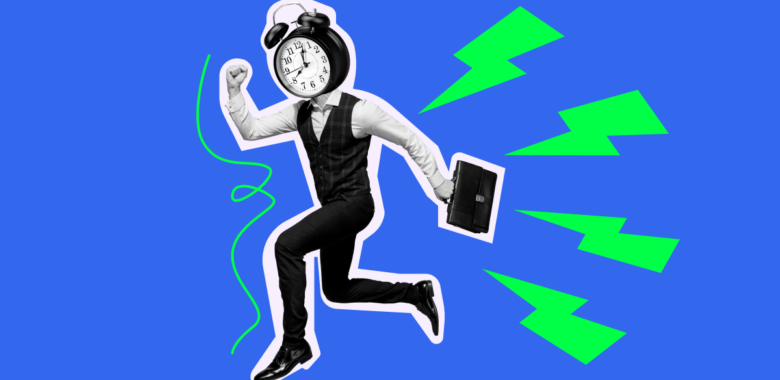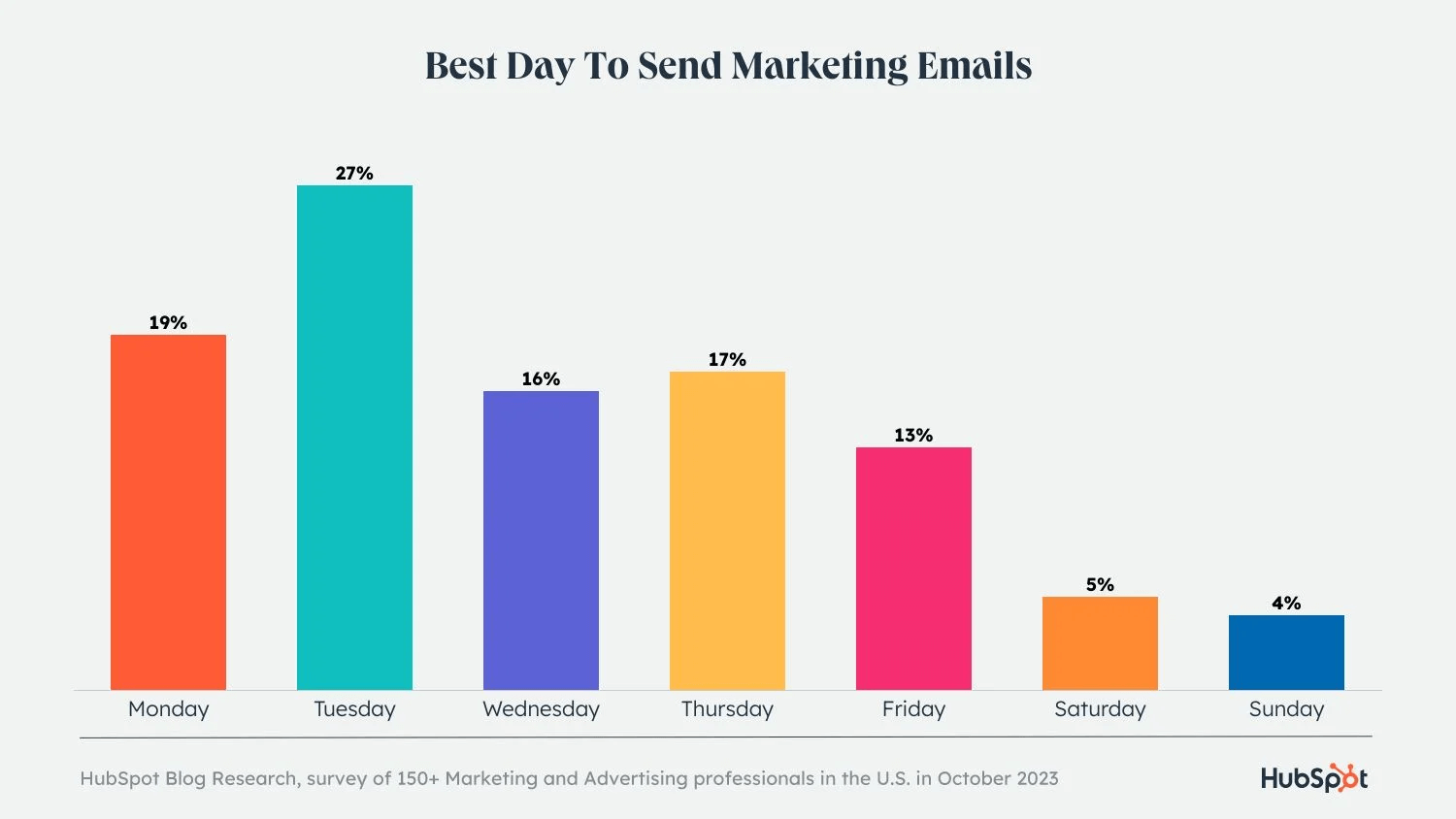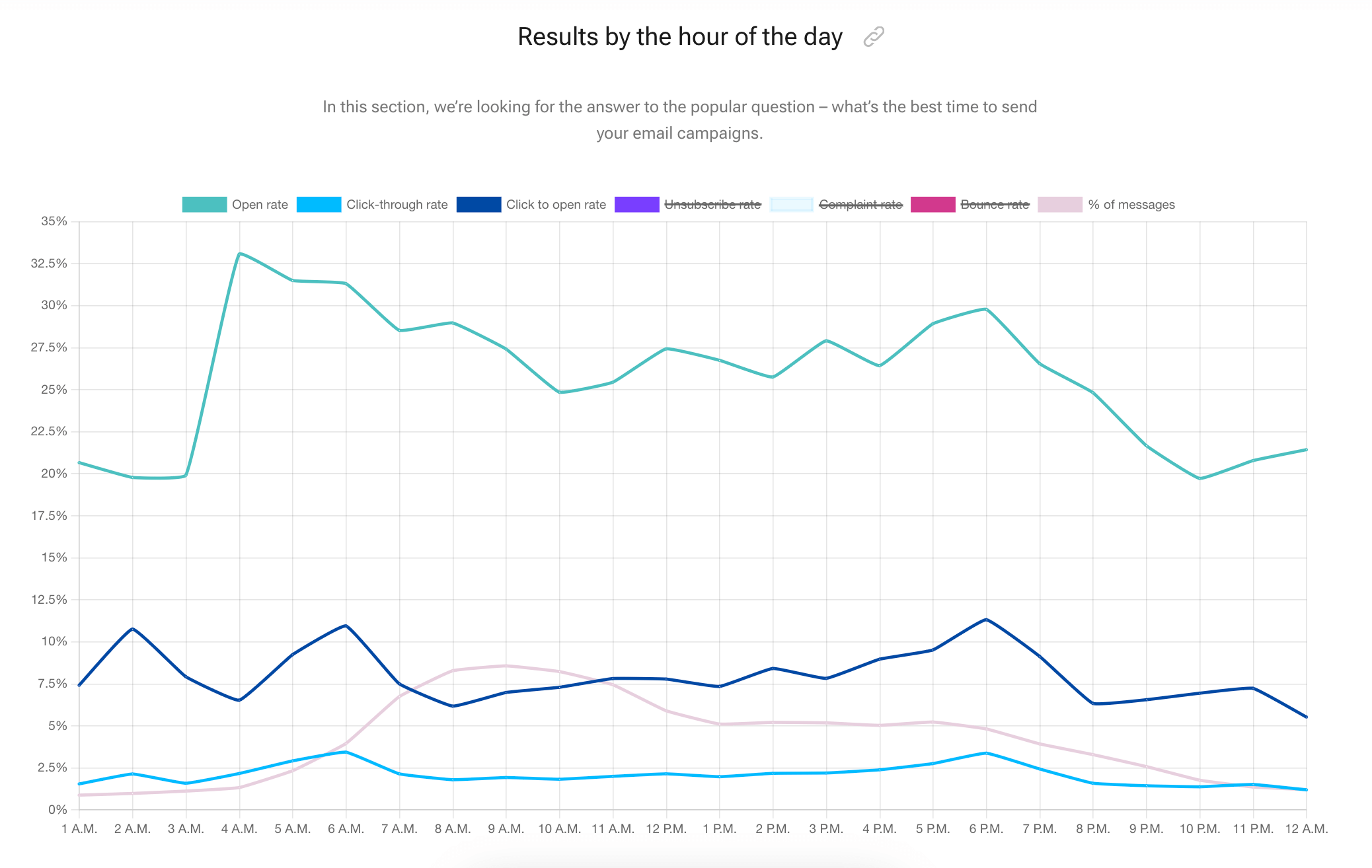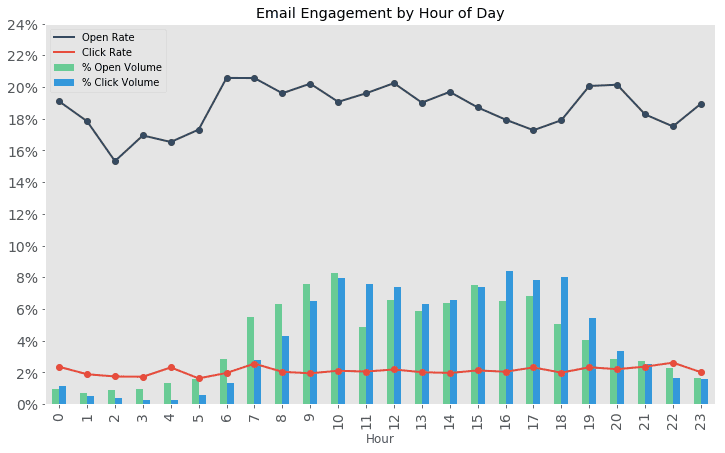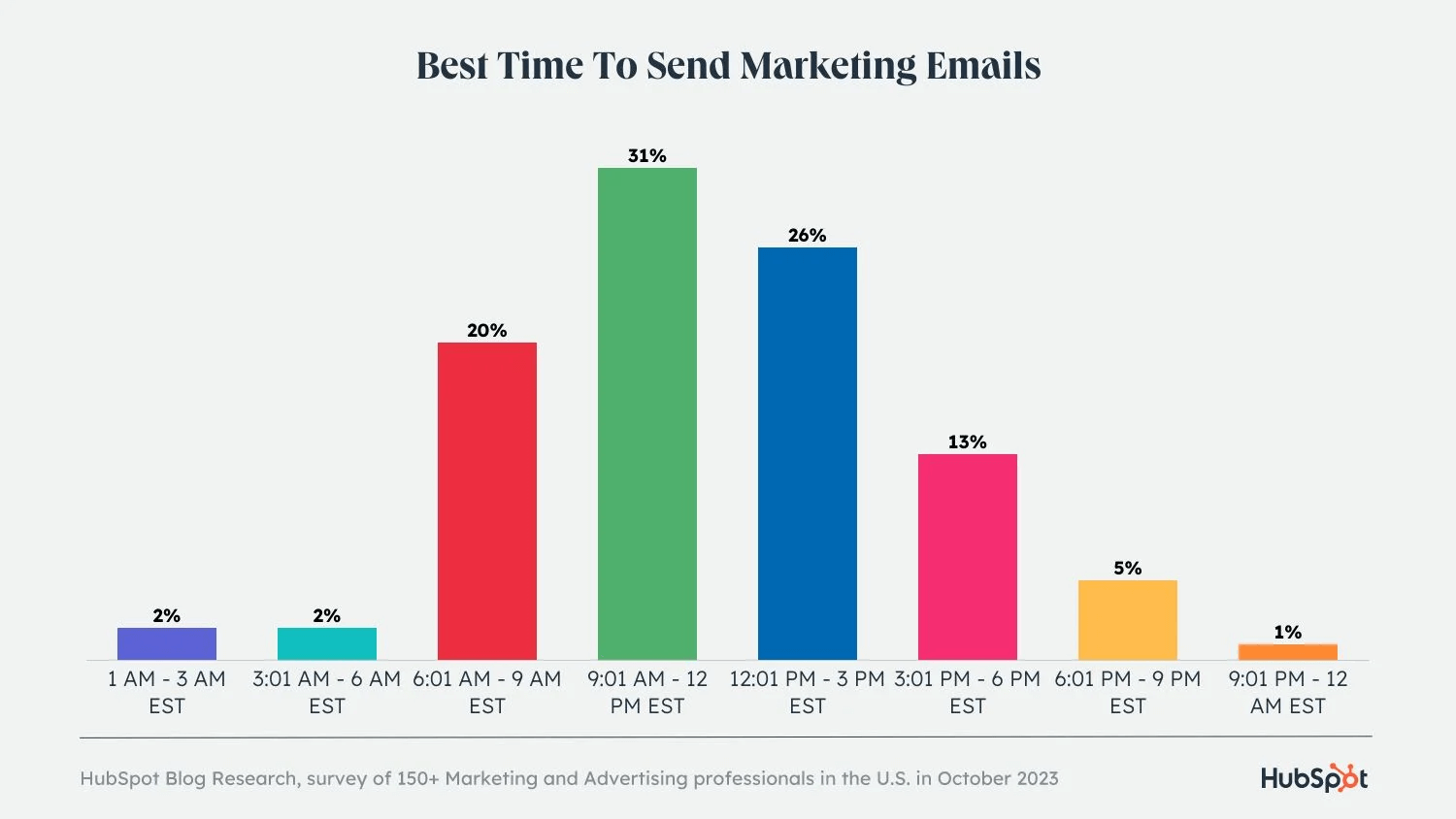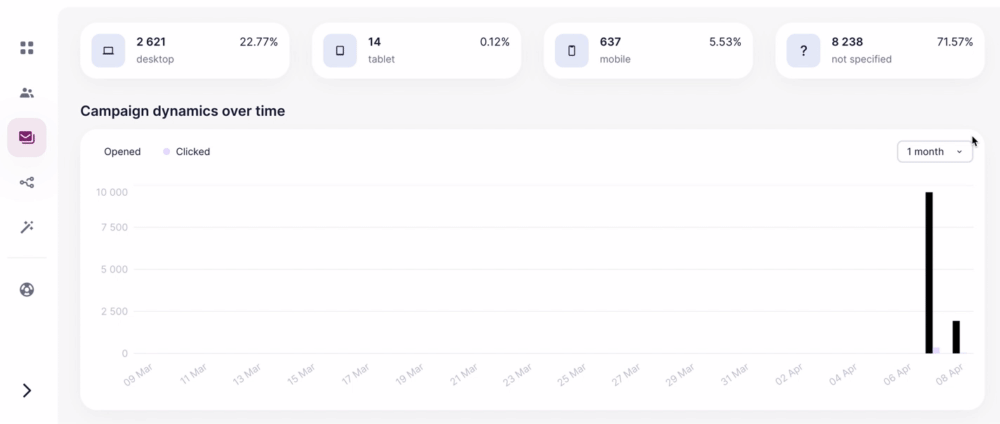Why it matters
Have you ever met your perfect match who’s moving out of the state next Saturday or just not into relationships at the moment? If you have, you know what people mean by saying you not only have to meet the right person but do it at the right time. It’s the same for many things in life, including emails in an inbox.
Regardless of an email’s purpose, first, it needs to be spotted and opened. If the recipient does it, you are more likely to get a sale. So what you ultimately want are more opens and more click-throughs. However, it turns out that almost 20% of all email campaigns are opened in the very first hour after they’re sent, and almost a third of all the clicks happen at the same time. So each passing hour means fewer chances for success.
We have detailed articles about email open rate (OR) and click-through rate (CTR). These metrics depend on various factors from the quality of your contact list to whether you use emojis in subject lines. The choice of the right day and time when you send your messages is also essential. Emails sent at the right time will likely get more opens and clicks, which means more sales.
OK, moving on to the data on timing.
